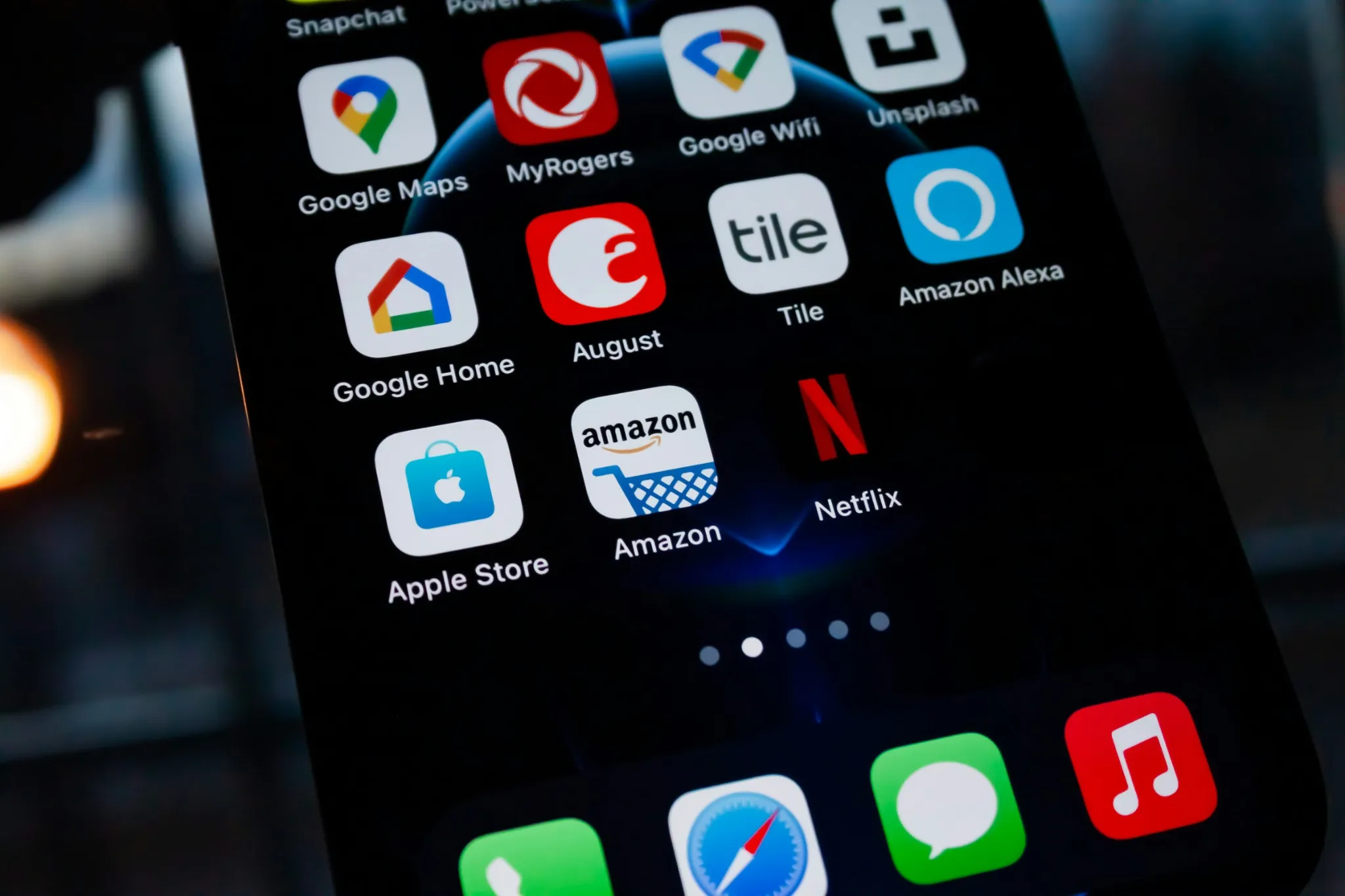Revolutionizing Last-Mile Deliveries
Amazon (AMZN) is advancing its logistics technology by developing smart eyeglasses designed for its delivery drivers. These glasses, intended to guide drivers to, around, and within buildings, aim to optimize the final stretch of package deliveries. According to five individuals familiar with the matter, this project is part of Amazon’s continuous efforts to streamline operations.
Navigation on the Go
The smart eyeglasses are envisioned to provide drivers with real-time, turn-by-turn navigation displayed on a small embedded screen. This feature would function along delivery routes and at each stop, assisting drivers with directions within buildings and around potential obstacles like gates or aggressive dogs. This technology could potentially reduce delivery times by crucial seconds, benefiting Amazon’s delivery efficiency.
Increasing Efficiency and Reducing Costs
With millions of deliveries daily, saving seconds per stop can accumulate into significant time savings. The glasses would also enable drivers to move away from handheld GPS devices, freeing up their hands and allowing them to carry more packages, thus enhancing delivery capacity.
Strategic Competition with Walmart
This innovation highlights Amazon’s strategic push to lower per-package delivery costs and protect profit margins amid intensified competition. Rivals like Walmart have amplified their e-commerce operations, offering new incentives to their independent delivery drivers during peak seasons, as disclosed by Walmart to Reuters.
Potential Roadblocks and Challenges
Despite its promising potential, the development of Amazon’s delivery glasses is not without risk. The project could face delays or be halted altogether due to technical, financial, or operational challenges. Sources note that refining the technology could take years.
Amazon’s Statement
“We are continuously innovating to create an even safer and better delivery experience for drivers,” an Amazon spokesperson commented. However, the spokesperson declined to discuss specific products in Amazon’s development pipeline.
Building a Robust Delivery
NetworkAmazon’s broader strategy has been to establish a comprehensive in-house delivery system, complete with its airline, long-haul trucks, and expansive warehouses. This approach aims to accelerate delivery times and reduce reliance on third-party services like UPS and FedEx. Notably, Amazon’s shipping expenses increased by 8% in Q3, reaching $23.5 billion.
Focusing on the Last 100 Yards
While the last mile of delivery poses significant logistical costs due to complex routes and fuel use, Amazon’s focus has shifted to optimizing the “last 100 yards.” In October, Amazon introduced a scanner installed in delivery vans to spotlight packages, saving drivers time in locating items.
Technology Inspired by Echo Frames
The development of delivery eyeglasses builds upon Amazon’s existing Echo Frames, which offer audio access and voice control through Alexa. Internally named “Amelia,” these delivery glasses would feature a display embedded in one lens and potentially capture photos for delivery proof.
Technical Challenges
Developing a battery capable of powering the glasses for a full eight-hour shift while keeping the device light and comfortable remains a significant challenge. Additionally, the comprehensive mapping of every delivery route—including streets, curbs, sidewalks, and driveways—could take years to complete.
Scaling Efficiency
Amazon has indicated that delivery drivers often serve over 100 customers per shift. Improved navigation could enable drivers to handle more deliveries within the same timeframe, further increasing Amazon’s operational efficiency.
Acceptance by Drivers
Adoption could be another hurdle, as some drivers may find the eyeglasses uncomfortable or distracting. Many already wear prescription glasses, adding a layer of complexity. Nonetheless, given that much of Amazon’s delivery workforce is contracted through external companies, the company could mandate the use of these glasses through contractual terms.
Consumer Market Insights
Amazon’s consumer wearables, like the Echo Frames, have seen limited success, with sales of fewer than 10,000 units of the latest model released last year. The embedded display being developed for the delivery glasses may also feature in a future version of the Echo Frames, potentially launching as soon as Q2 2026.




